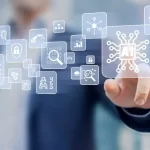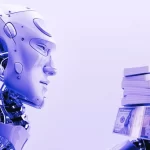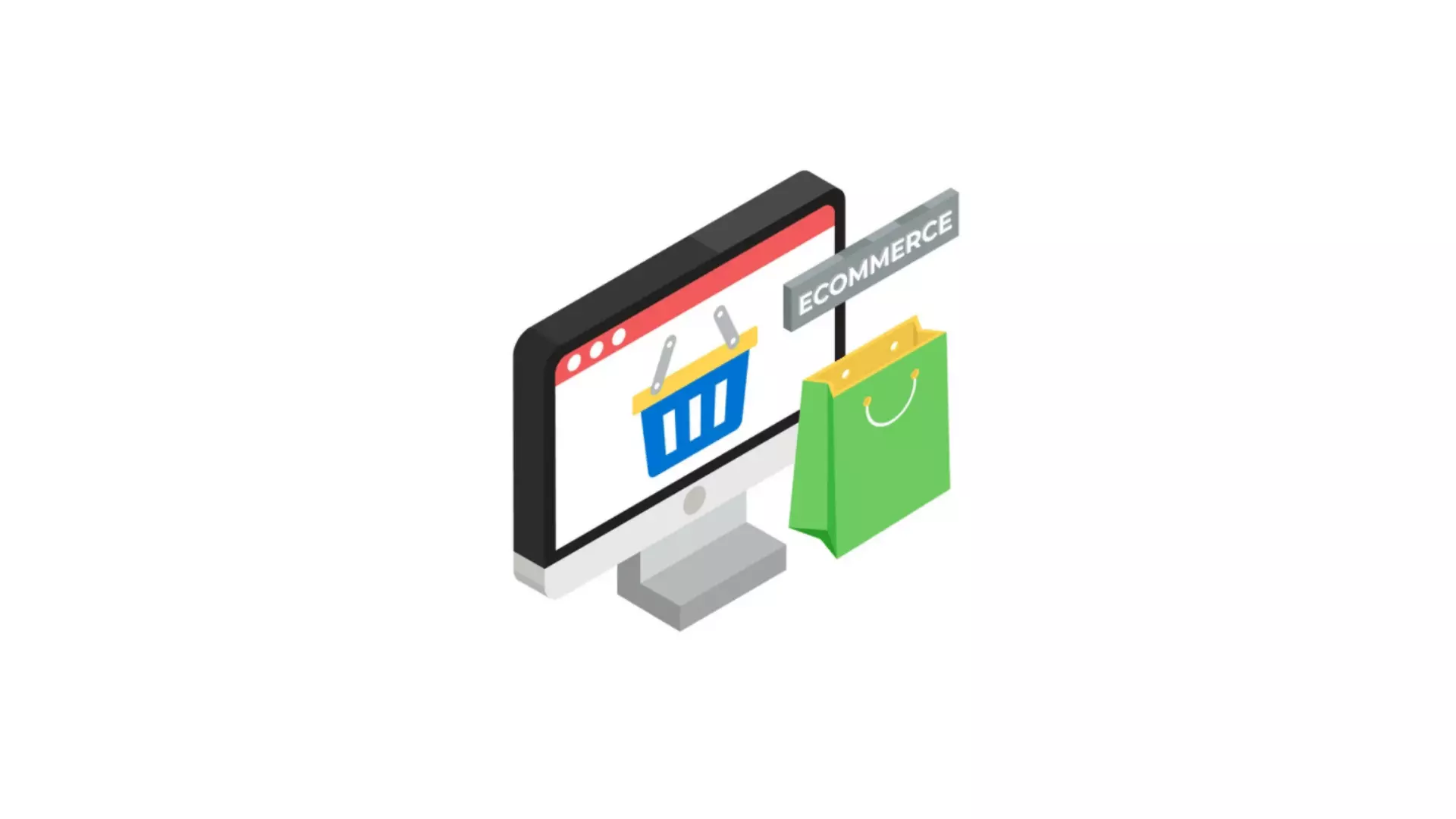Artificial intelligence is having a profound impact on the trading industry. AI tools for trading are becoming increasingly sophisticated and are able to analyze massive amounts of data and identify patterns that humans alone would struggle to see. In this blog post, we will explore some of the top AI tools for traders, which they can use to gain an edge in the markets.

Content
AI Tools for Traders
Backtesting and Strategy Development Tools
One of the most useful applications of AI for traders is in backtesting and strategy development. Tools like QuantConnect and Tradimo allow traders to backtest trading strategies over historical market data to analyze performance and optimize parameters. Traders can test thousands of combinations in a fraction of the time it would take manually. QuantConnect even allows users to code and backtest trading strategies using machine learning algorithms like neural networks. This gives traders a powerful way to develop and refine strategies informed by data.
Sentiment Analysis and News Feed Tools
Keeping up with market news and analyzing sentiment is a full-time job. This is where tools like Stocktwits, Benzinga and Anthropic come in. They apply natural language processing (NLP) to analyze news, earnings calls, social media, and more to identify trends and shifts in sentiment. This can provide valuable signals on which direction markets may move. Anthropic is particularly interesting as it is focused on building general artificial intelligence using constitutional AI techniques – making it a leader in advanced NLP.
Algorithmic and Quantitative Trading Platforms
For traders who want to automate strategies using AI, platforms like Quantopian, QuantConnect, and TradeStation offer algorithmic and quantitative trading capabilities. Traders can code and backtest strategies, then automatically deploy them for live trading. This allows strategies informed by machine learning to be implemented without manual intervention. Quantopian is especially beginner friendly, providing a simple drag-and-drop interface and online IDE for developing trading algorithms.
Predictive Analytics and Forecasting Tools
Forecasting market movements and asset prices is a key use case for AI in trading. Platforms like Numerai, Anthropic, and Augmentic apply techniques like neural networks, genetic algorithms and other advanced machine learning methods to datasets containing years of price data and indicators. They generate predictive models and signals on expected future price ranges and momentum. While no model is perfect, these tools offer traders additional sources of alpha to consider in their decision making.
Conclusion
In conclusion, AI tools for traders are becoming increasingly sophisticated and offer traders powerful ways to develop strategies, analyze markets, automate processes, and gain an information advantage. While AI may never replace human traders, by leveraging these tools traders can incorporate the strengths of machine intelligence into their workflow. With proper due diligence, traders stand to significantly enhance their skills and performance by utilizing AI. For more reviews of the latest AI trading tools, check out bestpromptaihub.com. The use of AI in trading is still in its early stages, and will likely transform the industry in profound ways in the coming years.
FAQs
Is AI better than human traders?
While AI has clear advantages over humans in processing vast amounts of data quickly, humans still have an edge in areas like common sense reasoning, creativity, and making judgment calls based on experience. The best approach currently is to leverage the strengths of both – using AI to analyze data at scale and identify opportunities, but relying on human traders to apply their qualitative judgment and risk management skills to make the final trading decisions.
What are the risks of AI-powered trading?
As with any automated system, there is a risk of bugs or flaws in the AI models and code that were not identified during testing. Markets can also suddenly shift in hard to predict ways that fool AI systems. There is also a risk of models being “gamed” by other advanced traders looking to profit from their predictions. Proper backtesting, oversight, and risk management are needed to mitigate such risks when using AI for live trading.

I’m Aurelia Brown! I blog about tech, how to use it, and what you should know. I love spending time with my family and sharing stories of the day with them.





